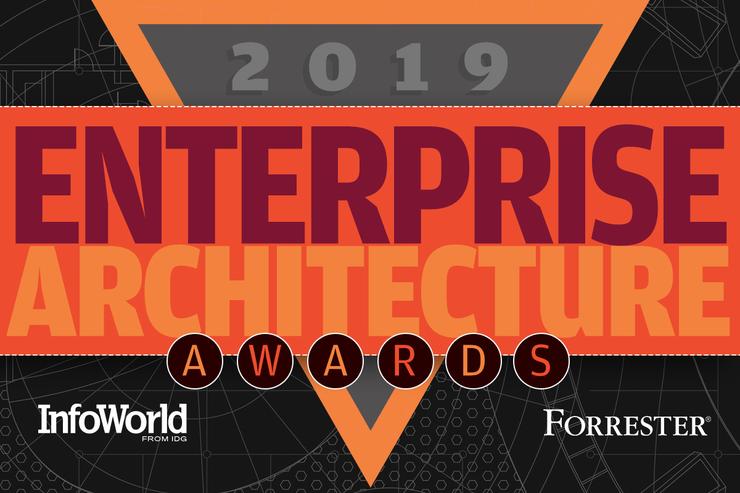 Credit: IDG
Credit: IDG
Verizon: EA meets the future with an agile framework and North Star architecture
 IDG
IDGWhen Verizon decided to merge its wireline and wireless businesses under a customer-oriented organization supported by three business units, it created an opportunity for significant systems modernization to drive efficiencies and scale. Verizon’s EA team tackled this challenge by reinventing the architecture function through the following four pillars:
- A modular North Star architecture embracing domain-driven design and API-first principles, low-code/no-code, and portability, with all approaches based on data-driven insights. The team identified the directional systems for each functional domain together with the directional technologies supporting each domain. EA defined four tiers in which all applications/capabilities would reside: Systems of Engagement, Customer Experience Layer (aka Domain Layer), Systems of Record, and Systems of Insight. With the architecture layers defined, the entire organization was re-structured in support of this architecture.
- A scaled agile framework to position the EA function closer to business needs and delivery cycles, through a collaborative architecture runway jointly developed with the business partners and dev teams. The framework started two years ago in the Network Systems portfolio that comprises most of the systems interfacing with Verizon’s wireless and wireline networks.
- Systems consolidation and modernization leveraging a modern cloud-native tech stack and public cloud migrations. The EA team analyzed the opportunities to consolidate systems with similar functional scope that were previously in different business units, as well as the need to modernize legacy systems still supporting significant or critical parts of the business. They also analyzed the opportunity to leverage public cloud offerings.
- A Standard Operating Environment enabling a common tech stack and a renewed focus on development practices that drive repeatable and consistent delivery across the organization through communities of practice, DevSecOps adoption, automation that enhances the developer experience, and site reliability engineering principles. EA analyzed the emerging technologies’ applicability to business needs and defined a standard stack and playbook for implementation. The publication of a roadmap of future technologies enabled the dev teams to become proficient in advance.
The new Verizon EA function has rapidly evolved to support significant transformations to position the business for the future and enable major initiatives such as the launch of the world’s first 5G network. The team achieved this by being closer to the business, providing both strategic insights on the tech stack and shared platform directions as well as day-to-day support to resolve tactical issues. These are the key elements of a modern “Enterprise Architecture 2.0” group.
Tarun Khandelwal, senior director of architecture at CIBC, said: “Verizon demonstrated that they have a thoughtful approach to modern enterprise architecture based on their four-pillar model. We like how they were able to achieve the creation of shared platforms, reducing duplication for key services.”
Join the CIO Australia group on LinkedIn. The group is open to CIOs, IT Directors, COOs, CTOs and senior IT managers.
